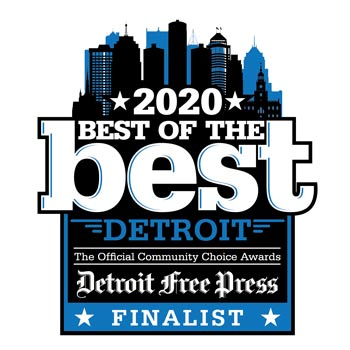You may need to pay for private mortgage insurance (PMI) if you’re applying for a conventional loan. PMI allows you, the buyer, to put less than 20% down when purchasing a home. This policy is meant to protect the lender if the buyer stops making their loan payments. There are five types of PMI. Four of them can be used with conventional loans and one with FHA loans.
What are the five types of PMI?
- Single-Premium Mortgage Insurance (SPMI) – With this insurance, the buyer pays in a lump sum and upfront instead of split into monthly payments. You will pay this in full during closing or have it financed into the mortgage. This results in a lower monthly payment. Keep in mind, the lump sum paid is not refundable. That being said, the insurance premium will not be given back if you move after a couple of years or decide to refinance.
- Borrower-Paid Mortgage Insurance (BPMI) – This is the most common type of PMI. There is no upfront cost. It is simply added to your monthly mortgage payment. You pay it each month until reaching over 20% equity in your home; this is based on purchase price. Once you have reached that threshold, with all payments up to date, the BPMI is dropped. You may also be able to drop PMI sooner by refinancing.
- Lender-Paid Mortgage Insurance (LPMI) – This insurance, like SPMI, is paid upfront. But the difference is that it is paid by your mortgage lender. It’s not a freebee, the lender raises your rate in return for paying the premium. In the long run, you end up paying for it over the life of the loan. This is a good option to look into if you are trying to qualify for a larger home or want a lower monthly payment. The downside with LPMI is that if you stay in the home long enough to reach 20% equity, your rate will not decrease.
- Split-Premium Mortgage Insurance – This is the least common type of PMI. This insurance will allow you to pay part upfront and the rest in monthly installments. The money you pay upfront is much lower than that of SPMI; the first insurance discussed. The upfront cost could range between 0.50% to 1.25% of the loan amount.
- Federal Home Loan Mortgage Protection (MIP) – This insurance is required for all FHA loans even if you put down 20% or more. MIP includes a monthly rate and an upfront payment. You can only remove the MIP from your loan after 11 years if you originally put down more than 10%.
What factors determine the cost of PMI?
- Interest Rate (Fixed or Adjustable)
- Type of PMI
- Loan Term
- Down Payment
- % PMI coverage required by the lending company
- If the premium is refundable
- Credit Score
- Additional Risk Factors
Conclusion
Remember that paying less upfront means more risk for lenders. PMI is a safety net, helping to protect lenders should you have issues paying back your loan. If you are looking to buy a home, make sure you research all your options. Our mortgage professionals are here to assist you and provide the best knowledge for your situation. Start the preapproval process today!




